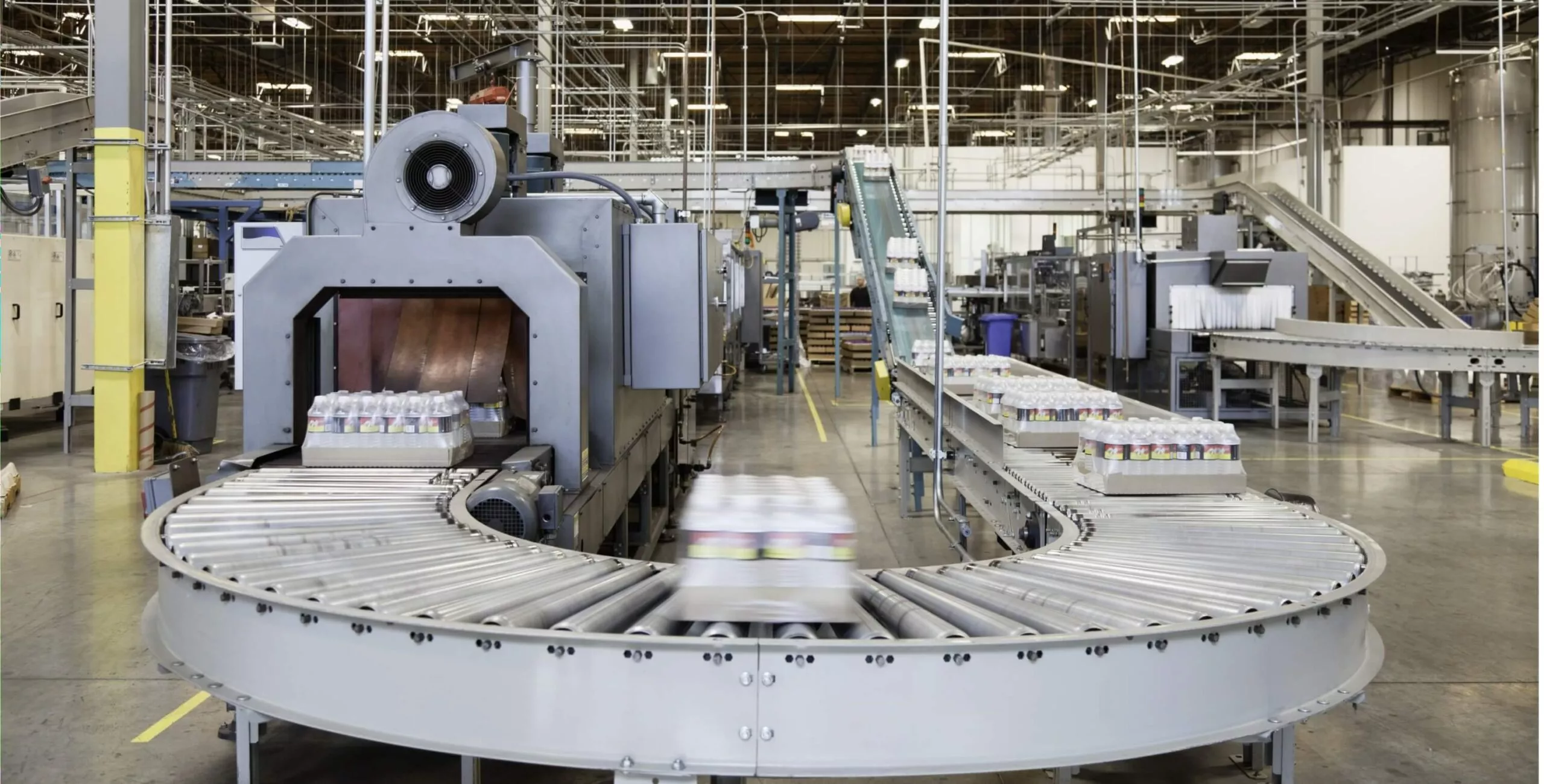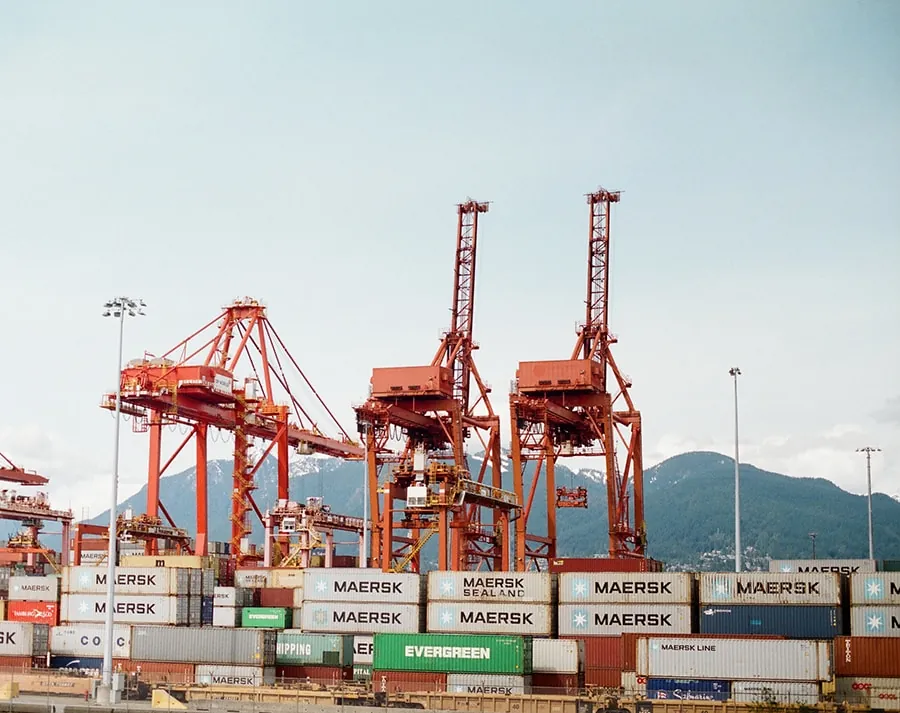For many industries, maintenance management is important. And in industries such as utilities, manufacturing, and public services, maintenance management is even critical to the health of the company. That’s why organizations need to utilize a computerized maintenance management system, or CMMS, to handle their maintenance practices. And in some cases, it’s even more beneficial to use a mobile CMMS to enable the ability to manage maintenance from any location.
A survey conducted by Software Advice found that many respondents have seen tangible benefits from using a mobile CMMS and that using one greatly improves efficiency. 43% say that a mobile CMMS offers a significant increase in efficiency, and 28% say a moderate increase. Only 13% reported that there had been no increase.
People who use the mobile CMMS on a tablet instead of a smartphone say that they have improved the most in terms of efficiency: 65% say they have registered a significant increase, compared to 41% who use smartphones and just under 20% among those who use both.
What is a CMMS?
A CMMS, or computerized maintenance management system, is what organizations use to manage their assets, resources, work orders, and more. Using a CMMS is crucial to tracking, optimizing, and scheduling maintenance for every aspect of your organization’s workflow, effectively extending each asset’s life to its fullest potential. In other words, using a CMMS could very well be the key difference between an asset breaking down in ten years versus thirty years.
What Is a Mobile CMMS?
A mobile CMMS has all the functionality of a standard CMMS with the added convenience of being able to access your data straight from your mobile device. This means that a mobile CMMS can work with your phone or tablet, making data tracking on the go simple and easy.
What Are the Benefits of Mobile CMMS?
As you might know, using a CMMS can maximize efficiency by cutting down on unnecessary work and expenses. This means less time worrying about administrative tasks and more time worrying about the maintenance side of your organization. There are several ways that a CMMS accomplishes this:
- Storing an asset inventory where you view an asset’s name, number, location, condition, and more;
- Tracking and delegating your resources, such as employees and equipment, so that you know who is available to work on an asset or what is or isn’t in use;
- Organizing your work orders, which include information such as work order descriptions, priority, work order type, and resources;
- Managing preventive maintenance and predictive maintenance, allowing for work orders to fire automatically depending on time or asset condition;
- Housing your warehouse inventory, where you can view and manage vendors and supplies.
- Creating reports, which can pull your specific data and give you a comprehensive look into what’s going on in your day-to-day, month-to-month, or year-to-year work processes.
As such, having a CMMS is incredibly useful for keeping track of much more than your assets. A CMMS works like a well-oiled machine, each facet of the software working in tandem to ensure that you can see, manage, and analyze every piece of data involved in your daily processes, as well as manage work orders to ensure asset maintenance goes smoothly. This means that using a CMMS is crucial to any organization or business that wants to be able to plan for the future.
What Is the Best Mobile CMMS?
The best CMMS is one that fulfils your organization’s specific needs. That being said, you will have to consider a number of factors when assessing your CMMS options:
- User-friendly UI: Is the CMMS easy to use and navigate? Will you be able to easily view asset data, allocate resources, and assign and reassign work orders to make your maintenance processes easier?
- Configurability: Is the CMMS you are considering highly configurable? Will you be able to construct and adjust the software to fit your organization’s workflow needs?
- Mobility: Does the CMMS you are looking at have a robust mobile application? Will those out in the field be able to communicate and access data as easily as those at their desks?
- A strong training and support system: Does the CMMS come with the appropriate training sessions and educational resources so you can continuously learn and adapt to the software? Is the CMMS support team knowledgeable and accessible?
These factors and more are what you and every other organization must consider when selecting a CMMS. No matter which one you choose, remember that the ultimate goal of using a NEXGEN’S CMMS is making sure your reactive maintenance turns into proactive maintenance. That way, your organization can run at maximum efficiency and look to the future with confidence.
Want to learn more? Click the button below to see NEXGEN in action.






